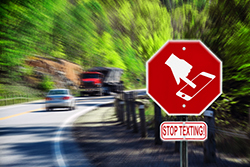Today we’re sharing insight from guest blogger Mike Cahill, CEO of AWS Foundation and former CEO of Tower Bank & Trust. Tim Leman is taking the summer off from writing his weekly blog to spend time on an exciting project focused on culture and leadership. We hope you enjoy Mike’s wisdom and perspective.
The best way to manage risk is to dedicate one’s self to lifelong learning. Knowing as much as you can about your job and industry protects your ability to earn a living. Knowing as much about your town and city will help you make the right choice on where to live and what schools to send your children to. Knowing as much as you can about the candidates for local, state, and federal government allows us to elect the best officials. Knowing about your community and what it has to offer allows you to live your life to the fullest. Knowing what’s included in your insurance program will help you better deal with an unfortunate claim.











